What if I told you that there is a way to keep scrolling without having some loud-mouth influencer telling you to stop it because it rots your brain? You just gotta substitute whatever that you're scrolling with the big brain version of it.
Enter clever science memes as per The Lighter Side Of Science, a Facebook group that’s all about science memes to give you an educated giggle and hopefully not rot your brain.
#1

Image credits: S Dharma Teg
#2

Image credits: Alex Hanna
#3

Image credits: Patrick P-Mills Miller
So, there’s a Facebook group called The Lighter Side Of Science that prides itself in, predominantly, sharing memes that are lightly scientific and cool, all the while delivering a certain level of humor and relatability.
The group is actually a part of IFL Science and has roughly 741,000 members as of this listicle.
#4
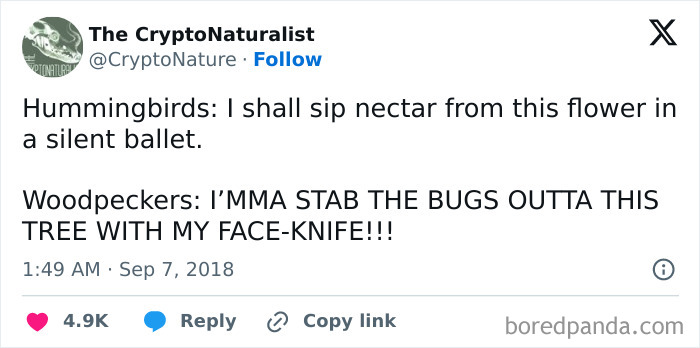
Image credits: S Dharma Teg
#5
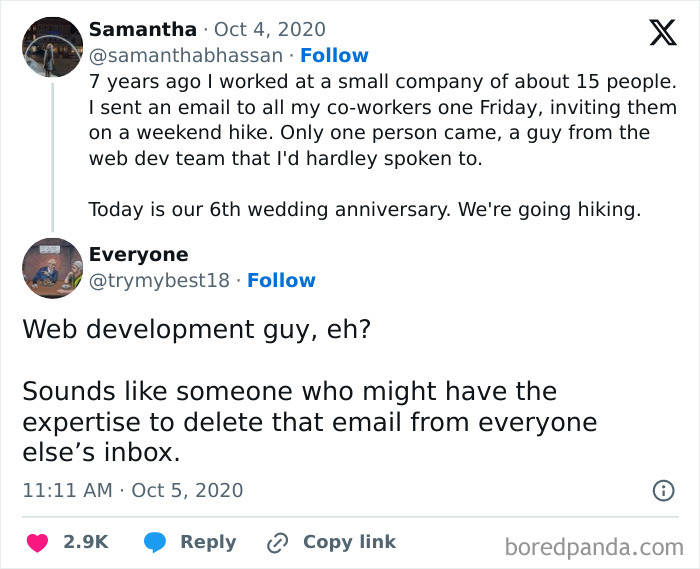
Image credits: Claudia Perelli Hentschel
#6

Image credits: S Dharma Teg
For the record, it’s not all memes. There is community engagement going on in several ways, including IFL Science promoting its own articles and folks in the community themselves asking scientific questions and everyone else jumping on board and braniacking this thing out.
Engaging to say the least.
#7

Image credits: Claudia Perelli Hentschel
#8

Image credits: S Dharma Teg
#9

Image credits: S Dharma Teg
Now, we won’t dive into what memes are and why they are such a big deal. The tl;dr of it is it’s become a means of communication and connectivity among folks all the while they’re popular because they’re relatable.
What we haven’t yet discussed is the scientific side of it all: how can they be educational and why would that matter?
#10

Image credits: S Dharma Teg
#11

Image credits: S Dharma Teg
#12

Image credits: S Dharma Teg
Well, turns out, you can use memes that relate to the content at hand to teach folks something new.
Three main tactics are suggested for this, the first of which being dual coding. This one works when there is a visual and verbal component that ties in well with what you’re teaching and it ultimately strengthens student comprehension.
#13

Image credits: Willow Annastasia
#14

Image credits: S Dharma Teg
#15

Image credits: S Dharma Teg
The other two are using concrete examples, i.e. memes are concrete examples of abstract and complicated ideas or concepts, and elaboration, which is using memes to connect students’ personal knowledge with real world observations.
The former is used to support the students’ understanding of the material, while the latter helps them dive deeper into analysis and elaboration.
#16

Image credits: S Dharma Teg
#17

Image credits: S Dharma Teg
#18

Image credits: S Dharma Teg
This in turn means that students can also engage with the material by explaining the memes that tie in with the topic and by creating them.
For the first one, students can be provided with appropriate memes or asked to source existing memes to explain how it connects to what they have learned in their own words.
#19

Image credits: Thomas Lawrence
#20
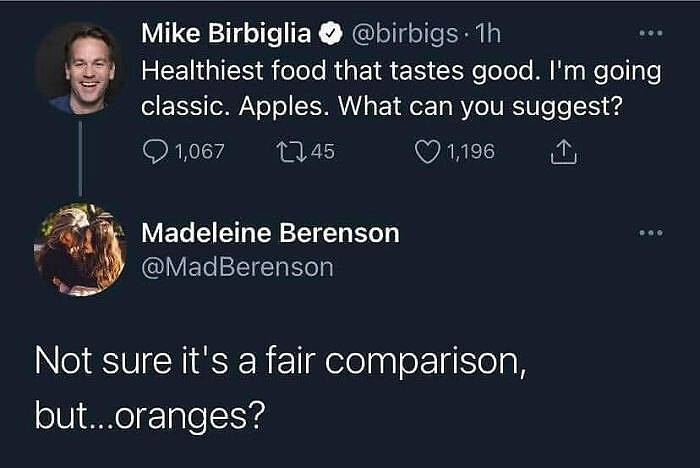
Image credits: S Dharma Teg
#21

Image credits: S Dharma Teg
With the second, more hands-on one, students can be asked to create their own memes by finding pictures and coming up with captions that capture the idea of what they are studying.
The approaches to these can vary and it’s up to the teacher to find appropriate ways to deliver the material effectively.
#22

Image credits: Darren Ho
#23

Image credits: Darren Ho
#24

Image credits: John Wissenberg
Now, there are risks involved. For starters, there has to be a bit of guidance with what prior knowledge is retrieved in the kids’ minds that would be associated with the study material.
Another huge no-no is using memes that are not as accessible as others, i.e. blind kids can’t see visual memes and kids with zero pop culture awareness might not get some of the more popular ones.
#25

Image credits: S Dharma Teg
#26
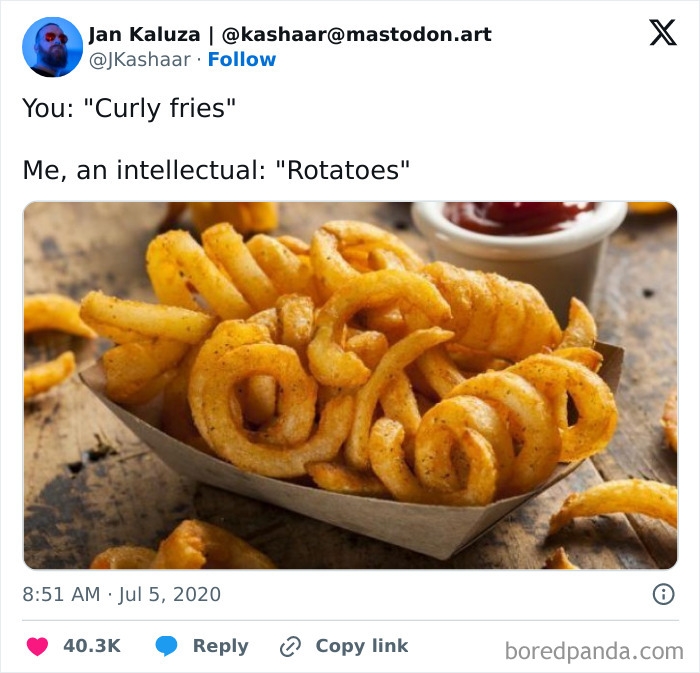
Image credits: S Dharma Teg
#27

Image credits: S Dharma Teg
But if you avoid inappropriate angles on memes, it shouldn’t be a problem.
Whatever the case, memes tend to stick with people because of their relatability and thus serves as a great way to approach learning new things. If anything, the kids should have a blast.
#28

Image credits: Björn Westlund
#29

Image credits: S Dharma Teg
#30

Image credits: Steve Critchlow
We’d love to hear from you, lovely Pandas, so why not share some of your witty lite science facts or memes in the comments!
And if you’re hungry for more science, then Bored Panda’s got that covered too.
#31

Image credits: Tharuka Sampath
#32

Image credits: Alex Lehner
#33

Image credits: S Dharma Teg
#34

Image credits: S Dharma Teg
#35

Image credits: Claudia Perelli Hentschel
#36

Image credits: Karine Roumache
#37

Image credits: Beverly Forero
#38

Image credits: S Dharma Teg
#39

Image credits: Alex Hanna
#40

Image credits: S Dharma Teg
#41

Image credits: S Dharma Teg
#42
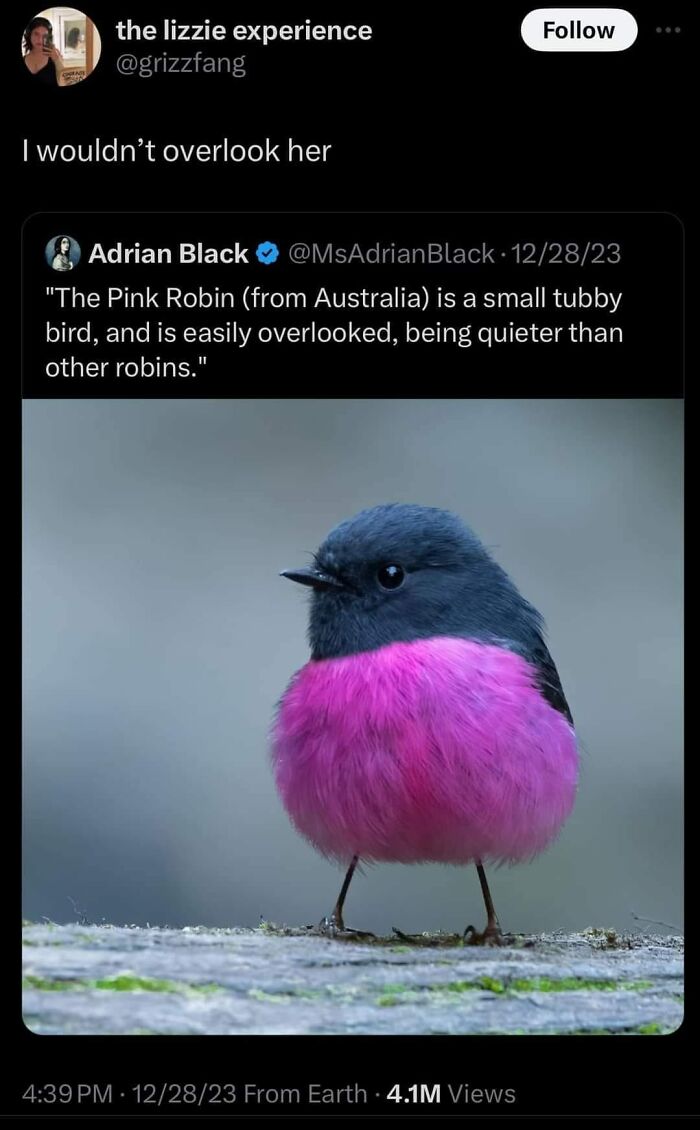
Image credits: S Dharma Teg
#43

Image credits: S Dharma Teg
#44

Image credits: S Dharma Teg
#45

Image credits: Deka A. Ali
#46

Image credits: S Dharma Teg
#47

Image credits: S Dharma Teg
#48

Image credits: S Dharma Teg
#49

Image credits: Sudhansu Parida
#50

Image credits: S Dharma Teg







